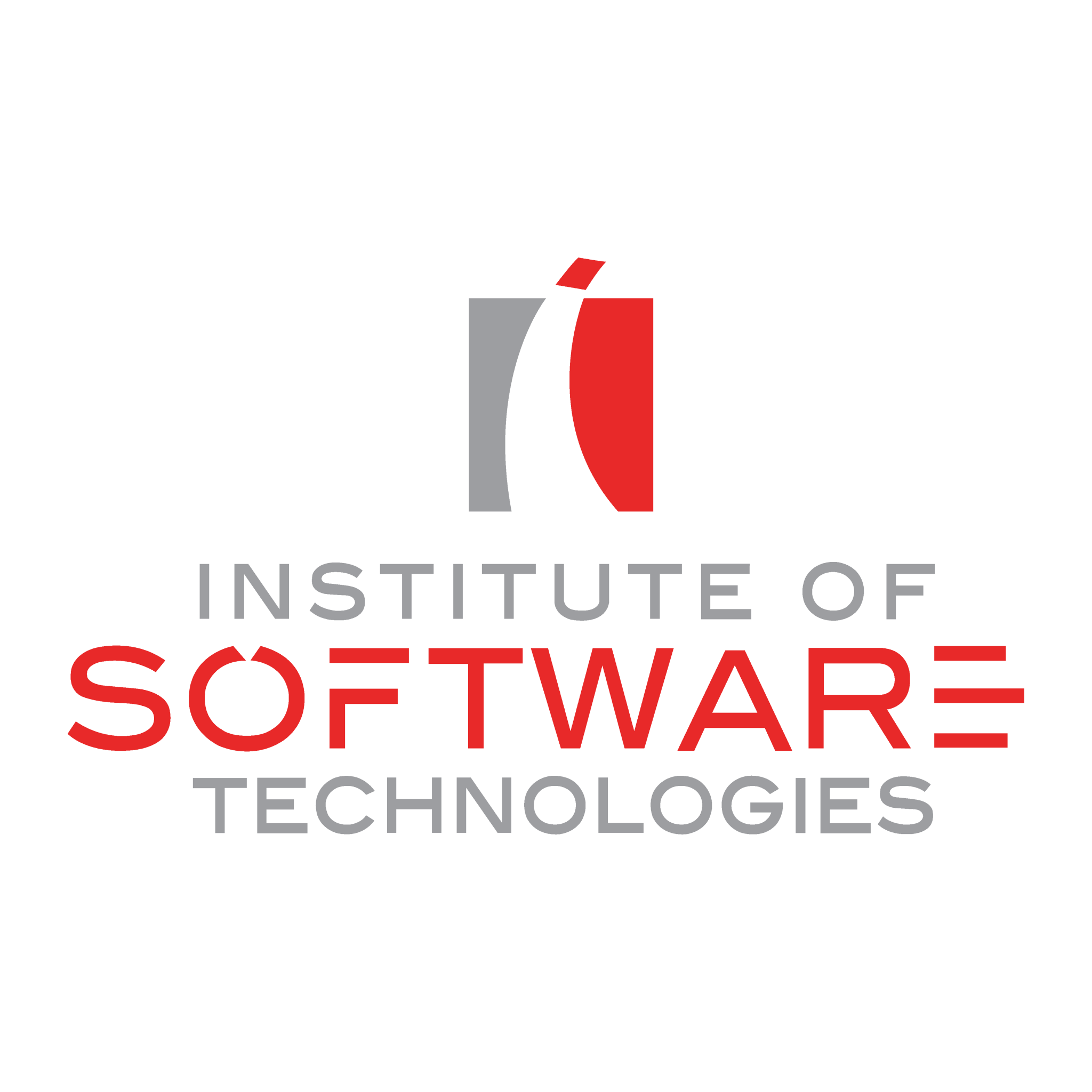40 Hours
Students for this class should have 1-3 years of full time Linux administration experience.
Students attending this course should have basic experience with the following, with minimal dependence on documentation:
- Linux (some of the course may be review)
- The bash shell, including job control (&, fg, bg, jobs), shell expansion (command, tilde, globbing, brace, protection from expansion), I/O redirection, and pipes
- IPv4 networking addressing and routing concepts, TCP/UDP, and ports
- Navigation of the GNOME 3 interface
- Editing text files from the command line with vim or other available programs
- Finding information in man pages and info nodes
- The concept of file permissions
- Interactive installation of Red Hat Enterprise Linux
- Per-user ‘at’ and ‘cron’ jobs
- Use of archival utilities such as ‘tar’, ‘zip’, and compression utilities
- Absolute and relative paths
- Finding files with ‘find’ and ‘locate’
- Accessing the command line
- Log in to a Linux system and run simple commands using the shell.
- Managing files from the command line
- Work with files from the bash shell prompt.
- Managing local Linux users and groups
- Manage Linux users and groups and administer local password policies.
- Controlling access to files with Linux file system permissions
- Set access permissions on files and interpret the security effects of different permission settings.
- Managing SELinux security
- Use SELinux to manage access to files and interpret and troubleshoot SELinux security effects.
- Monitoring and managing Linux processes
- Monitor and control processes running on the system.
- Installing and updating software packages
- Download, install, update, and manage software packages from Red Hat and yum package repositories.
- Controlling services and daemons
- Control and monitor network services and system daemons using systemd.
- Managing Red Hat Enterprise Linux networking
- Configure basic IPv4 networking on Red Hat Enterprise Linux systems.
- Analyzing and storing logs
- Locate and interpret relevant system log files for troubleshooting purposes.
- Managing storage and file systems
- Create and use disk partitions, logical volumes, file systems, and swap spaces.
- Scheduling system tasks
- Schedule recurring system tasks using cron and systemd timer units.
- Mounting network file systems
- Mount network file system (NFS) exports and server message block (SMB) shares from network file servers.
- Limiting network communication with firewalld
- Configure a basic local firewall.
- Virtualization and kickstart
- Manage KVMs and install them with Red Hat Enterprise Linux using Kickstart.
Red Hat System Administration III (RH254)
Red Hat System Administration III with exam (RH255)
Red Hat Virtualization (RH318)
Red Hat OpenStack Administration (CL210)

